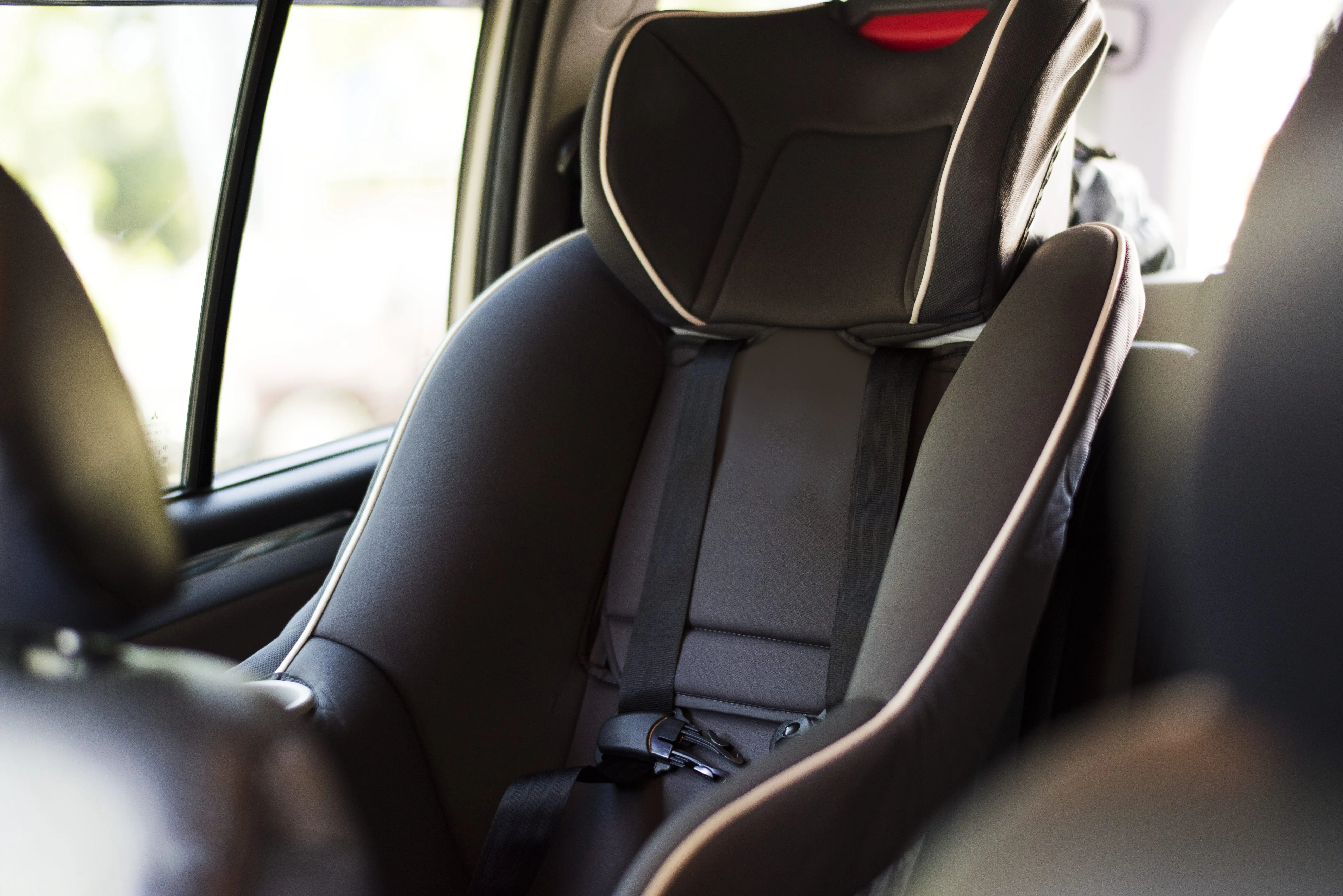
By Aidan Mortensen | KOAL News
Since 1998, over 1,000 children have died of Pediatric Vehicular Heatstroke. According to the National Highway Traffic Safety Administration, an average of 37 children die annually from heatstroke after being trapped in a car.
In an attempt to break from these trends, the NHTSA has launched a new prevention campaign that encourages drivers with child passengers to” Stop. Look. Lock.’ before exiting their vehicle.
To discuss this campaign and offer additional tips on how to prevent child hot car deaths, NHTSA Safety Specialist Laura Dunn joined the KOAL newsroom to provide an insider’s perspective on the matter.
“So our lifesaving message of this campaign right now is once you park, stop, look and lock. So before you leave your car, stop, look in the backseat for your child and then lock and keep your doors locked so a child can’t follow it and become trapped,” explained Dunn. “It’s called the Never Happens campaign. And we want to show parents that, unfortunately, that never scenario can happen to them and how they can work on it.”
The campaign focuses on three main scenarios where a hot car death typically occurs:
- “Forgotten” cases are when a child is unknowingly left behind in a hot car, and this makes up 52% of hot car deaths.
- “Gained access” makes up 25% of fatality cases and occurs when a child gets into a car on their own and can’t get out.
- “Left behind” makes up 21% of fatality cases and occurs when a child is knowingly left in a vehicle. This often occurs when parents or caregivers don’t realize how quickly a vehicle can heat up to deadly temperatures.
Delving deeper into the data, Dunn shared,” One of the things that we found, especially for the forgotten scenario, one of the most significant risk factors is a change in routine. And a lot of these deaths have happened because that morning routine is different for whatever reason. So, you know, a parent taking a child to day care who typically doesn’t, or there’s something different going on that day. That momentary lapse in attention or memory can happen to anyone. And it’s why it’s so important to integrate that park, stop, look, lock mindset into your schedule as a parent.”
Dunn also provided other tips to help ensure no child is locked in a hot car,” We would encourage if your child attends preschool or child care to set up a system with your child care provider that they give you a call within 10 to 15 minutes of when they’re supposed to arrive there if they haven’t arrived yet. They kind of add an extra layer of protection to your routine and your family. It’s, you know, to make sure that everybody knows where the child is and that child is where they’re supposed to be and they’re not locked in a hot car.”
She added,” Another thing that you can do is keep things that you need for your day in the backseat. That means your phone, your purse, your work bag, possibly a badge or lunch, and anything else you need for the day. Keep it in the backseat. So, when you arrive at your destination and park, you physically have to open the back door and look in the back seat to retrieve the items you need. And that’s just another way that you can make sure that your child is not locked in that car and it’s where they’re supposed to be.”
“All of us have a part to play in preventing hot car deaths,” said Dunn, closing our conversation. “And if you see a child in distress in a vehicle, act. Call 911 immediately and get that child help, because every minute counts in preventing hot car deaths.”
More tips are available online at NHTSA.gov/heatstroke.
